This is ASML’s new $380 million machine.
ASML Holding NV is showing off its latest chipmaking machine, a €350 million ($380 million) piece of equipment that weighs as much as two Airbus A320s.
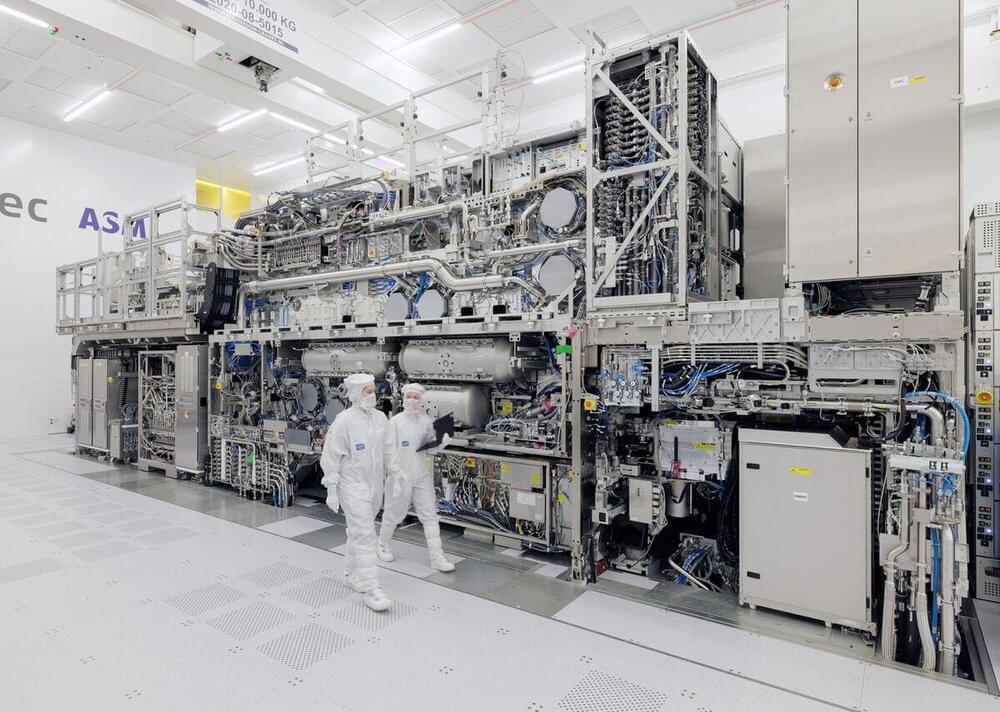
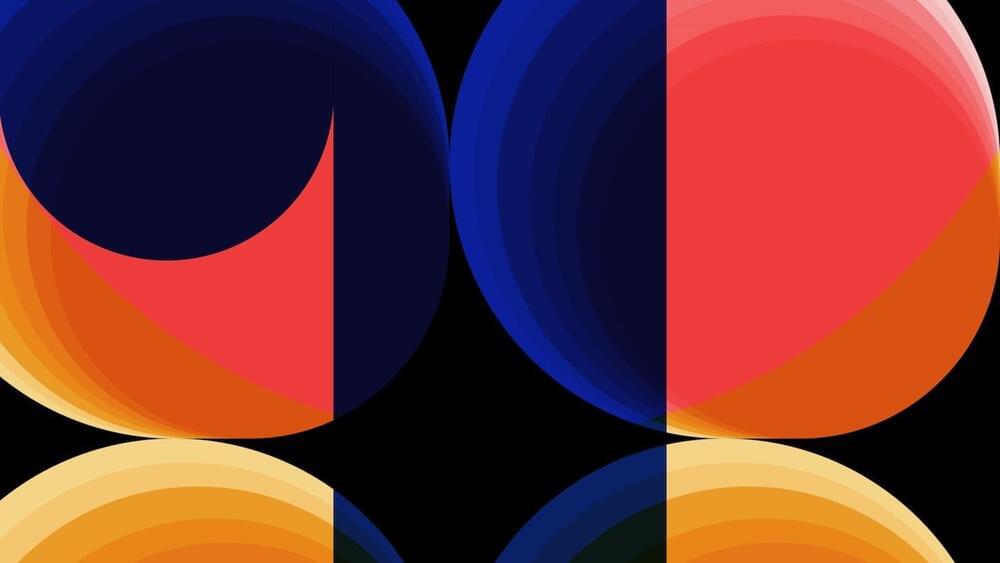
After cracking an unsolvable mathematics problem last year, AI is back to tackle geometry.
Developed by Google DeepMind, a new algorithm, AlphaGeometry, can crush problems from past International Mathematical Olympiads—a top-level competition for high schoolers—and matches the performance of previous gold medalists.
When challenged with 30 difficult geometry problems, the AI successfully solved 25 within the standard allotted time, beating previous state-of-the-art algorithms by 15 answers.
Microsoft and OpenAI are reportedly in talks to invest $100 million into robotics startup Figure — suggesting that they might hope to combine their tech with its humanoid robot.
The background: A lot of humanoid robots can look impressive in demos but turn out to be highly limited in reality.
To have a big impact in the workforce, these machines need to be not only physically capable of doing a job — a tricky enough engineering challenge — but also smart enough to tackle a huge variety of tasks with minimal training and supervision.
Miniature high-torque servo actuators combined with sensitive multi-dimensional pressure sensors enabled the team to create an exceptionally dexterous hand–MagicBot.
MagicLab debuts its humanoid design–MagicBot in January, showcasing exceptional balance and dexterity, positioning it as a rival to Boston Dynamics’ Atlas.
From the groundbreaking RTX 2000 Ada GPU to the exciting Chat with RTX AI app, explore how Nvidia is redefining the digital experience.
If you’re equipped with an RTX 30 or 40 series GPU, embark on an immersive AI journey. Learn how these innovations are poised to set new benchmarks.
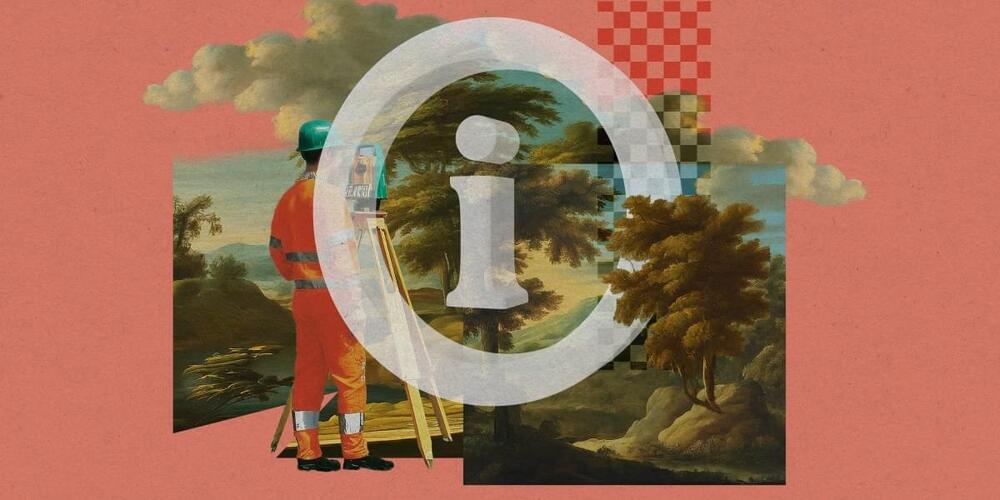
Big Tech is also throwing its weight behind a promising technical standard that could add a “nutrition label” to images, video, and audio. Called C2PA, it’s an open-source internet protocol that relies on cryptography to encode details about the origins of a piece of content, or what technologists refer to as “provenance” information. The developers of C2PA often compare the protocol to a nutrition label, but one that says where content came from and who—or what—created it. Read more about it here.
On February 8, Google announced it is joining other tech giants such as Microsoft and Adobe in the steering committee of C2PA and will include its watermark SynthID in all AI-generated images in its new Gemini tools. Meta says it is also participating in C2PA. Having an industry-wide standard makes it easier for companies to detect AI-generated content, no matter which system it was created with.
OpenAI too announced new content provenance measures last week. It says it will add watermarks to the metadata of images generated with ChatGPT and DALL-E 3, its image-making AI. OpenAI says it will now include a visible label in images to signal they have been created with AI.
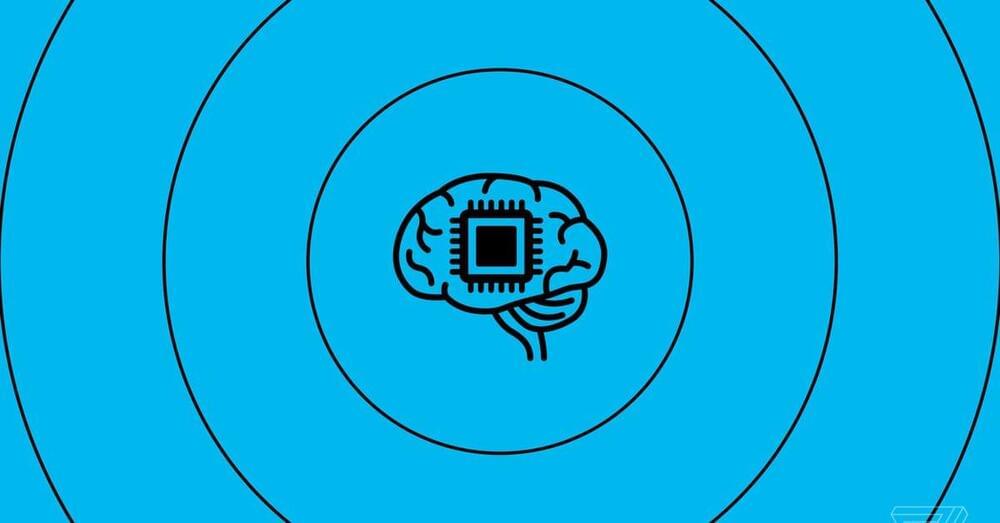
You’ll soon be able to tell ChatGPT to forget things — or remember specific things in future conversations.
Here’s a ChatGPT guide to help understand Open AI’s viral text-generating system. We outline the most recent updates and answer your FAQs.
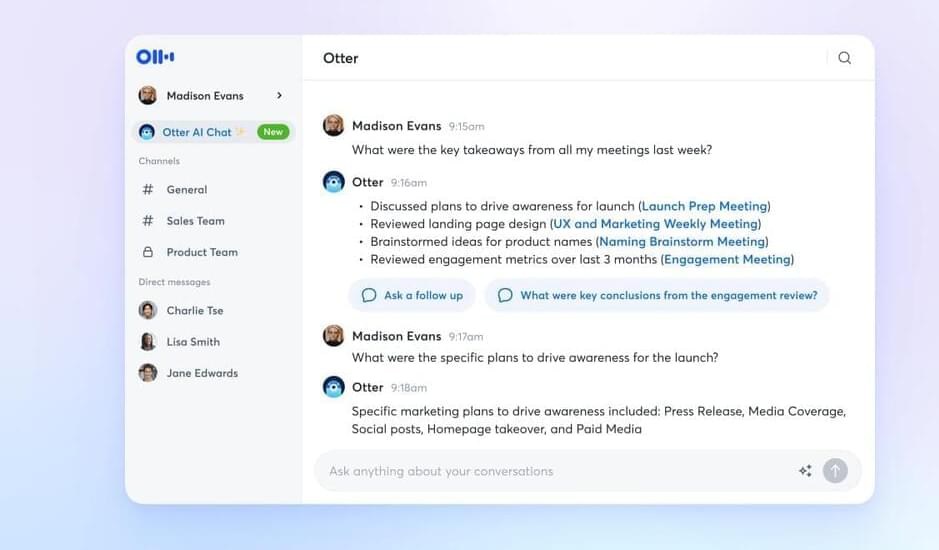
Otter, the AI-powered meeting assistant that transcribes audio in real time, is adding another layer of AI to its product with today’s introduction of Meeting GenAI, a new set of AI tools for meetings. Included with GenAI is an AI chatbot you can query to get information about past meetings you’ve recorded with Otter, an AI chat feature that can be used by teams and an AI conversation summary that provides an overview of the meeting that took place, so you don’t have to read the full transcript to catch up.
Although journalists and students may use AI to record things like interviews or lectures, Otter’s new AI features are aimed more at those who leverage the meeting helper in a corporate environment. The company envisions the new tools as a complement or replacement for the AI features offered by different services like Microsoft Copilot, Zoom AI Companion and Google Duet, for example.
Explains Otter CEO Sam Liang, the idea to introduce the new AI tools was inspired by his own busy schedule.

Nvidia, ever keen to incentivize purchases of its latest GPUs, is releasing a tool that lets owners of GeForce RTX 30 Series and 40 Series cards run an AI-powered chatbot offline on a Windows PC.
Nvidia has released a new tool, Chat with RTX, that allows users to run a GenAI model offline — and fine-tune it on their data.